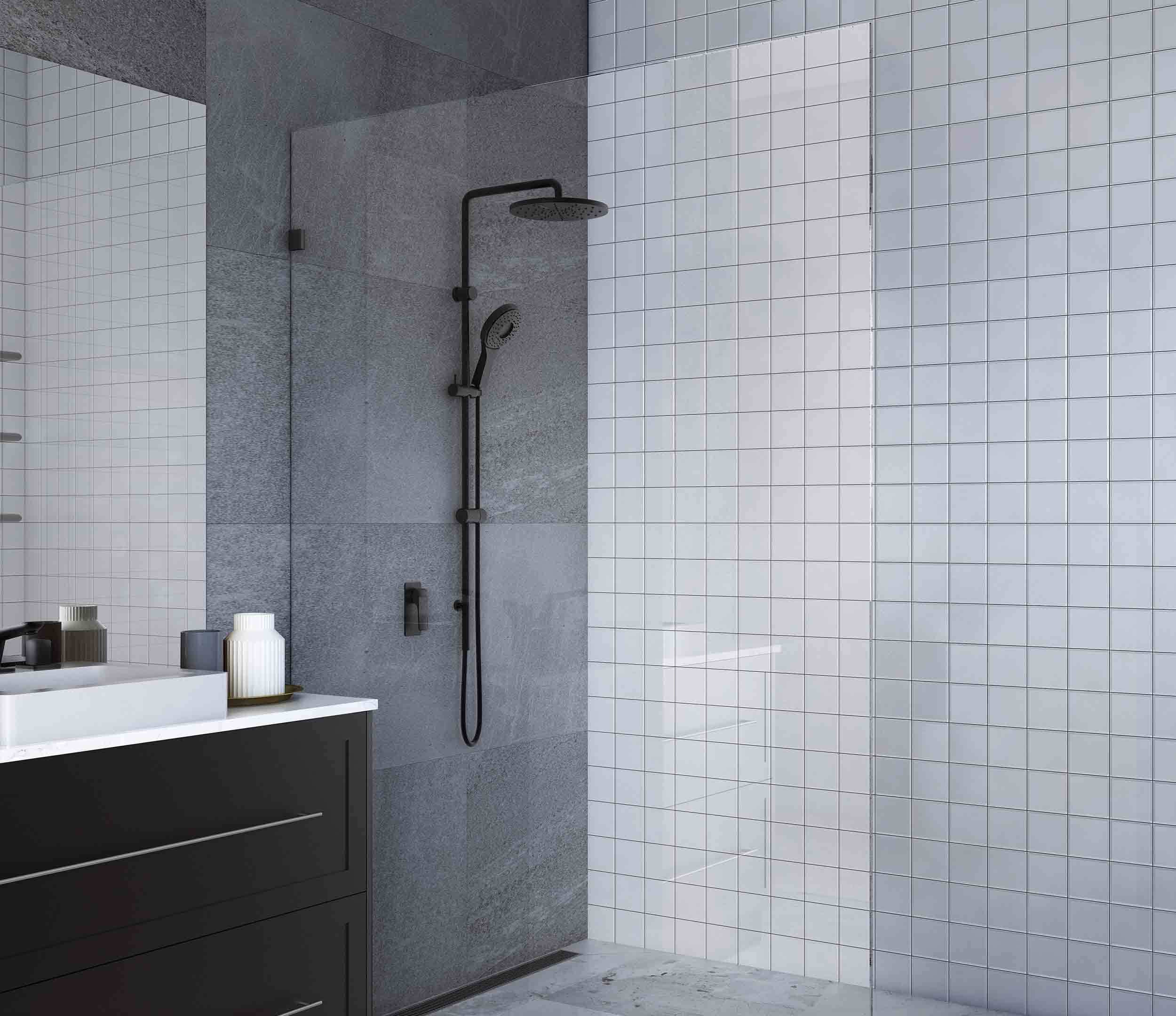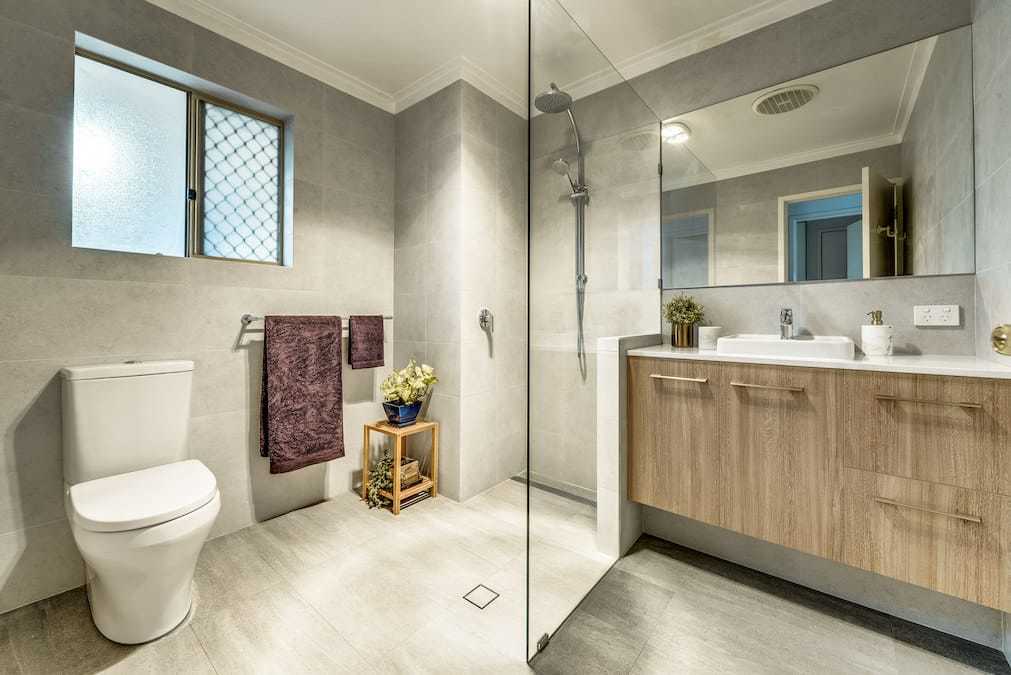How to Get Rid of Mould in Your Bathroom
We’re sure it’s not the first time you're hearing that prevention is better than correction. The same applies to bathroom mould, which can easily ruin your new bathroom.
Here are six tips for getting rid of mould—and for stopping it in the first place.
#1: Head to the kitchen for a solution
This simple solution uses kitchen staples to remove mould on tiles and surfaces, keeping your space fresh.
- Create a mixture of 4 parts white vinegar to 1 part water.
- Wipe down the affected area. Our top tip here is to keep a separate bucket of clean water, to keep the cloth fresh.
- Rinse the area down.
#2: Hire a pro to fix grout and silicone
Grout and silicone are essential for keeping water away from vulnerable seams. However once they’re affected by mould, trying to clean them can do more harm than good, allowing more water to leak through.
We always recommend that you have any mould-damaged grout and silicone replaced by a professional.
Clean the area as best you can, contact your tiler and then avoid using the space until a professional can fix the problem. It’s better to rest easy knowing that your bathroom will be properly cared for.
#3: Keep the shower zone dry
Using a squeegee after a shower removes up to three quarters of the moisture, stopping mould before it starts. The task may seem arduous after every shower, but a task that if made a habit or completed after the family has used the shower for the day, will truly make a difference. Keep the door of your shower area open after a shower to help dry out the space as an alternative.
#4: Adopt mould-free bathroom rituals
We recommend wiping down walls and the bathroom door fortnightly with a mild detergent to prevent mildew build-up. It may not be as obvious as a mould problem but it is just as undesirable!
#5: Don’t forget the fabrics
The fabrics in your bathroom need changing over regularly, too. Change over all your bathroom fabrics including towels, hand towels and bath mats weekly, and avoid leaving wet towels in the bathroom unless the space is well ventilated.
#6: Check with the professionals
As your builder or plumber will tell you, persistent and widespread mould can be a sign of something more serious, such as a water leak, burst pipes, or damp in your walls.
Arrange for your contractor to take a look at the problem earlier rather than later—it could save your bathroom from a mould infestation.


